Every time Google makes a change, my Twitter feed goes haywire and email lights up with “What should we do!” emails. With so much uncertainty in SEO, it makes sense and I understand, but jerking the wheel back and forth is no way to get where you’re going.
In this episode of Rank and File, I talk about how you should handle it when an algorithm update rolls out, what you should do and what you shouldn’t so you can recover your traffic.
Video Transcription:
Intro
Greetings and salutations, folks. Welcome back to another edition of Rank and File. I’m your host, Mike King, founder and managing director here at iPullRank. What I want to talk about today is how to react to an algorithm update. You know, there is of course, and I can say this anytime, this can be evergreen, this video right here, but there’s a lot of activity and a lot of discussion about, you know, Google may have rolled out a big algorithm update.
You’re seeing on all the different tools, like the thing that Sistrix provides. The thing that, you know, MozCast, things like that, showing high fluctuations and you know, average rankings and just showing more volatility in rankings and so on. And people are just like scrambling about what do we do? Well, here’s the reality. Nobody knows anything right away. So when Google rolls out something, we all kind of guessed, there are people that write blog posts right away and have all these conclusions and so on. But the reality is they don’t know. So don’t go jumping to act or react right away. There’s a series of things that I would recommend that you do.
What to do?
So the first thing to know is that unless you’re doing something that you know, it’s foul and you know that Google is actively trying to get rid of, I don’t need you to do anything right away. If you’re spamming or you’ve got, you know, duplicate content as a strategy or whatever. Those are things that I would recommend. Like, okay, why don’t we just like chop this off right away. But the reality of it is that if you watch your rankings over the course of like five days or so, you may see like, okay, this algorithm I update rolled out, I dropped pretty much right away. But if you don’t do anything, a lot of times you’ll pop right back up.
And why is that? Well, the way that development best practices work, apply to Google too. You know, there’s still engineers that are following the way that everyone in the world does development. Of course Google has rolled out things that everyone does, but nevertheless they are still rolling things out in like a step away. And then seeing how well it works and enrolling it back when it doesn’t work as well as they think.
Observe for 2 weeks
So Google is going to AB test, Google is going to, you know, try a feature and then see how people react to it and then make some decisions from there. And so when they roll out an algorithm update, of course that whole process is happening and they may think like, okay, this didn’t work as well as we thought it did based on the sandbox testing now that we rolled it out to project production.
And so maybe let’s roll it back. So if you start doing something right away, you may end up messing your site up more because Google may, you know, revert to a previous version of that scoring function. So what I would recommend that you is observe for two weeks. Again, don’t do anything yet. Just take a look at what’s going on. Look at the URLs at lost traffic. See what the commonalities are there. Look at the ones that gain traffic and see what the commonalities are there. And then also just look in the SERP and look at your competitors and see who else benefited. So taking a look at what features their content has and also their links have to see, you know, okay, maybe we’re seeing that a certain types of links are not as valuable or a certain type of content is not as valuable and basically just take note of those things.
Audit
Then, you know, if after those two weeks have gone by and you didn’t see yourself recover, I would say start to audit things. Take a look at the Google bot crawl activity. Every time that I’ve seen someone get actually penalized, I see a huge spike in crawl activity and then a huge drop off of that. And that’s not to say that’s the only reason you might see that spike, but that’s something I always see. And so then you can get a sense of what URLs Google may have reviewed and it gives you a sense of like, okay, these are where the problem areas might be. Helps you narrow down the pages that you need to look at.
And then also take a look at your link. So you know, use a tool like cognitive SEO or you know, a link research tools and take a look to see you know, which, which of these links might be spammy, and just get a sense of is this something that may be problematic? Do I have to think about disavowing and things like that.
Then audit your content. So again, if your strategy is built on duplicate content or a spun content or you know, just constantly, it just doesn’t have utility for users. Take a look at that. Take a look to see how content is performing, what your dwell times look like, your bounce rates look like and things like that. So you can get a sense of like, okay, what type of signals might I be sending back to indicate that this isn’t giving users high satisfaction?
And then also review your change log because it may not have been a result of an algorithm update. It may have been something that your engineering team had done on the website. Maybe they rolled something out forgot to remove no index tags. And because you’re hearing in our echo chamber that, Hey, there’s been this algorithm update, you’re assuming that that’s what you’ve gotten hit by and that may not be the case. So just take the look, take a look to see you know, what changes may have happened across your website as well.
Assess your roadmap
And then at this point I want you to assess primarily looking at your roadmap. So you may have already been thinking about doing some things to support your organic search. And I’m not saying that you should throw that roadmap entirely out because the reality is there aren’t going to be too many things that you didn’t already know about if you’re a good SEO that you know, Google making a change is gonna introduce for you. Like you’re not going to suddenly be like, Oh well, uh, you know, we should be doing content cause we weren’t doing content before. That was probably already on your radar and probably already on your roadmap.
So use that information that you’ve collected in this auditing and observation phase to basically readjust the priorities in your roadmap. I think it’s going to be a lot easier for you to get people on board with shifting things around rather than introducing brand new things that they need to do. Cause obviously there’s going to be a lot more work involved in that.
And then think about adding new opportunities. So if one of the opportunities is like, Hey, you know, we’ve getting, we’ve been getting all of our links from uh, message boards and forums and things. Perhaps you want to think about doing some bigger picture content marketing that will be more attractive to links that are going to be more valuable.
Act
And then at this point I want you to act after you’ve done all this analysis, you have an understanding, you’ve let enough time go by to verify that you have been affected by this algorithm update. I want you to step into the changes that you’ve been thinking about in this roadmap. I don’t want you to just like throw everything at the wall because you’re not necessarily going to know what actually made a difference.
And again, Google may roll back a things in the algorithm update. And so you, you know, making all these changes may not have been the reason why you recover your traffic. So the better that you get at stepping into those changes and if possible, if your site is big enough, AB testing into those changes, you’re going to get a better sense of what it was that made you lose your visibility and then ultimately your traffic. And finally, as you’re stepping through these things, you’re going to realize like these other things in my roadmap are more important than I thought. So for instance, if it has to do with like, you know, you have an issue across your internal linking structure and you had five different things in your roadmap, five different tickets in JIRA or something around internal links, while you’re gonna want to bring those to the top of the roadmap rather than waiting till a later date.
Conclusion
So the whole point here is I need y’all to stop, you know, bouncing off the walls when there’s an algorithm update. I think we need to get better at really observing and validating, verifying that it was the algorithm that impacted you. And then do those assessments, that observation, and then making the right decisions to move forward and step through things rather than just throwing everything at the wall and hoping that Google Gods give you your likes back. So hope that helps. And I’ll see y’all tomorrow.

Over to you, how do you handle algorithm updates?

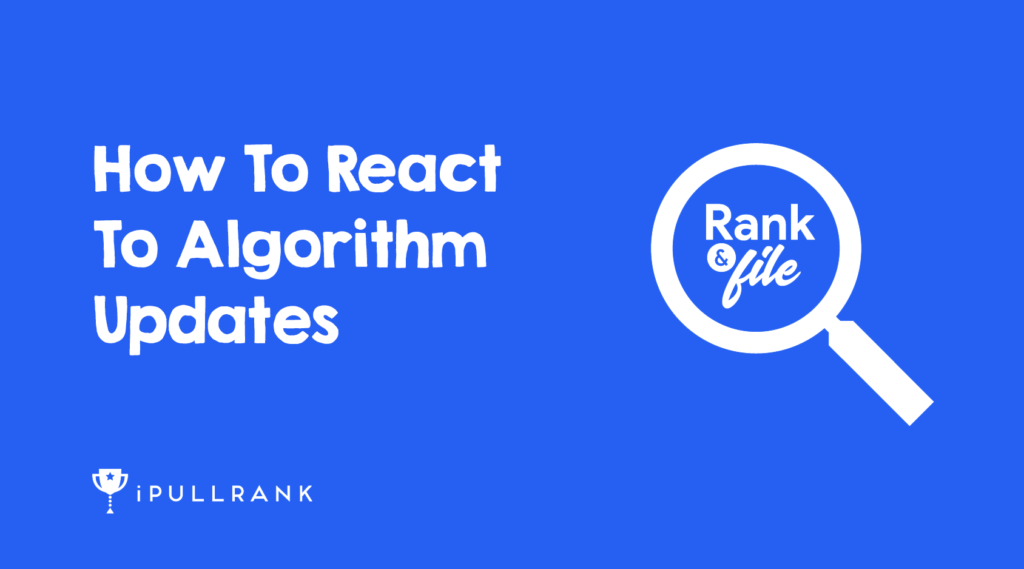
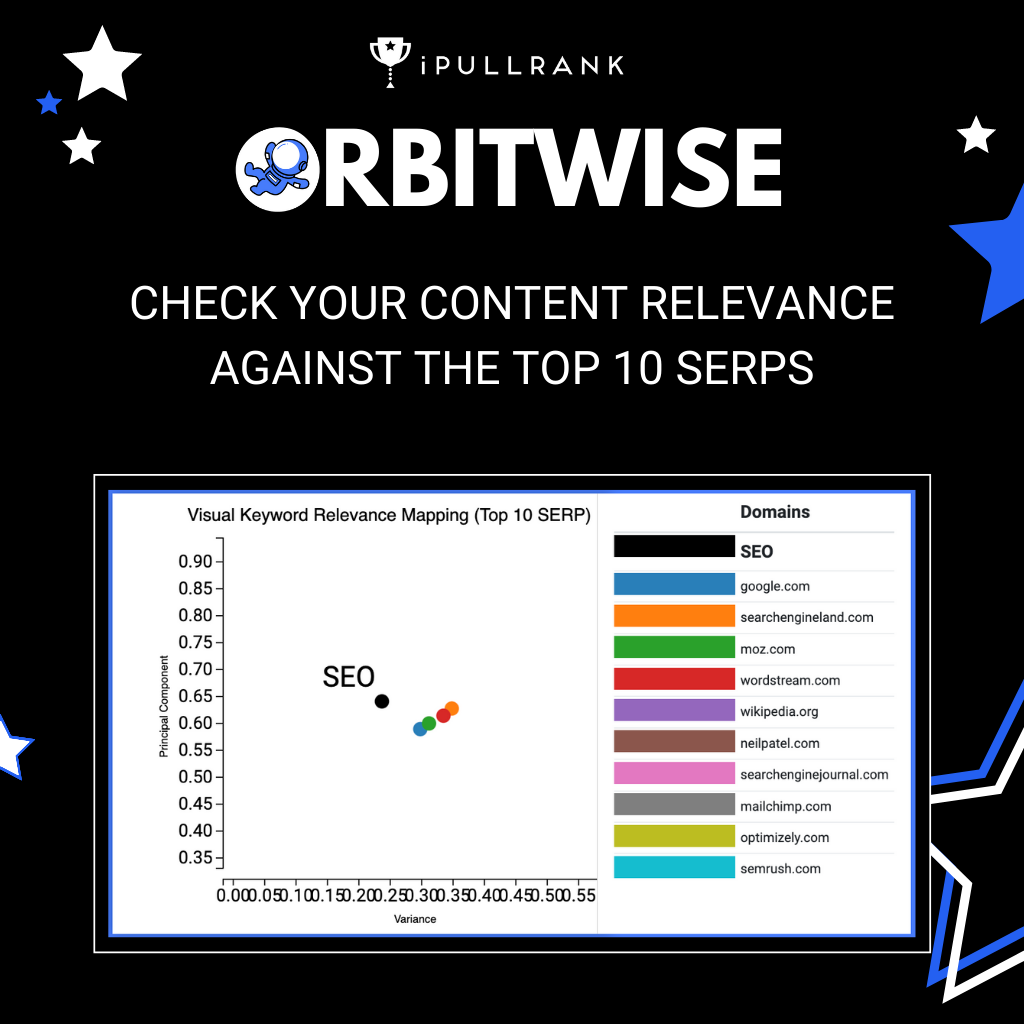
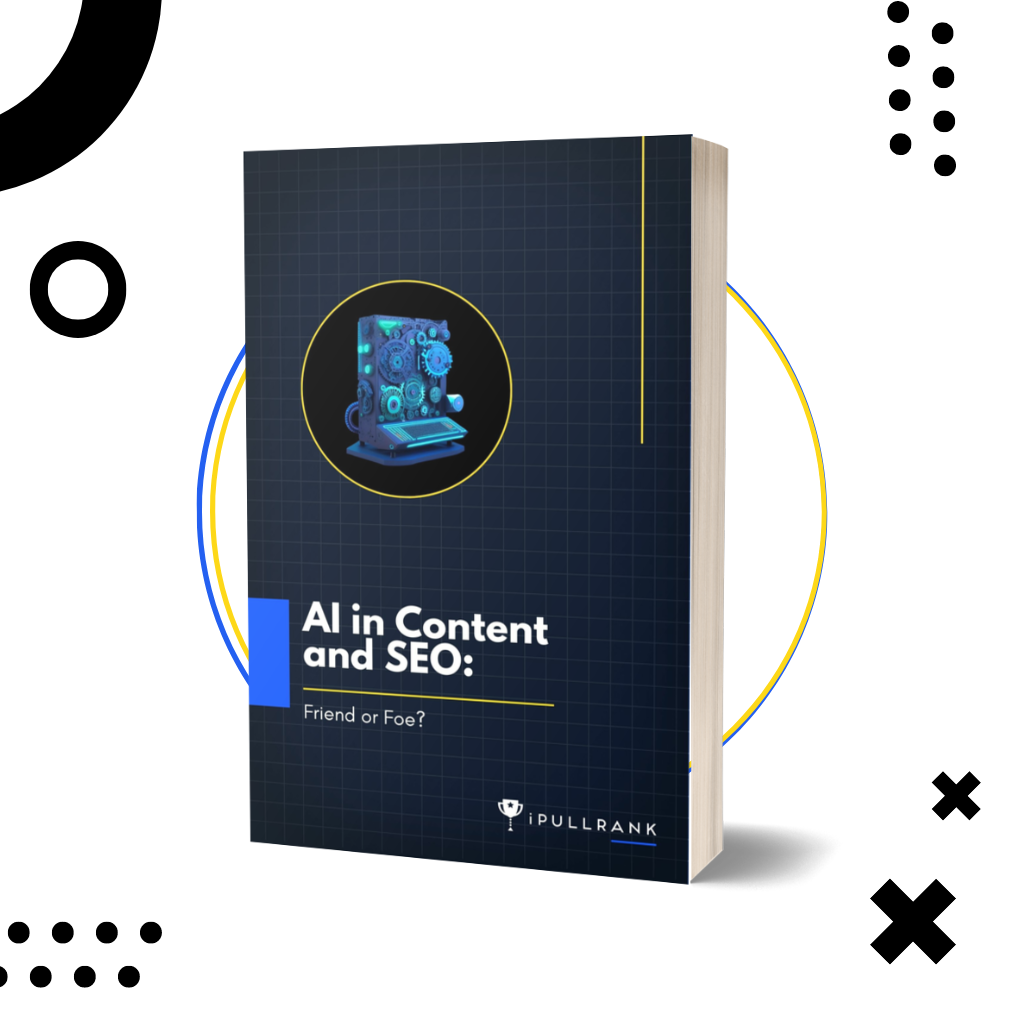

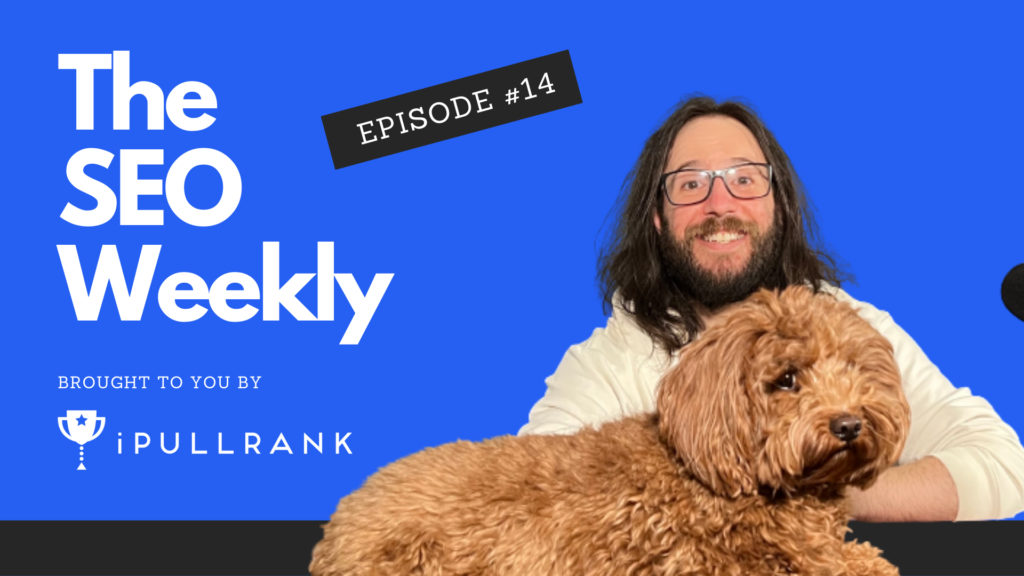
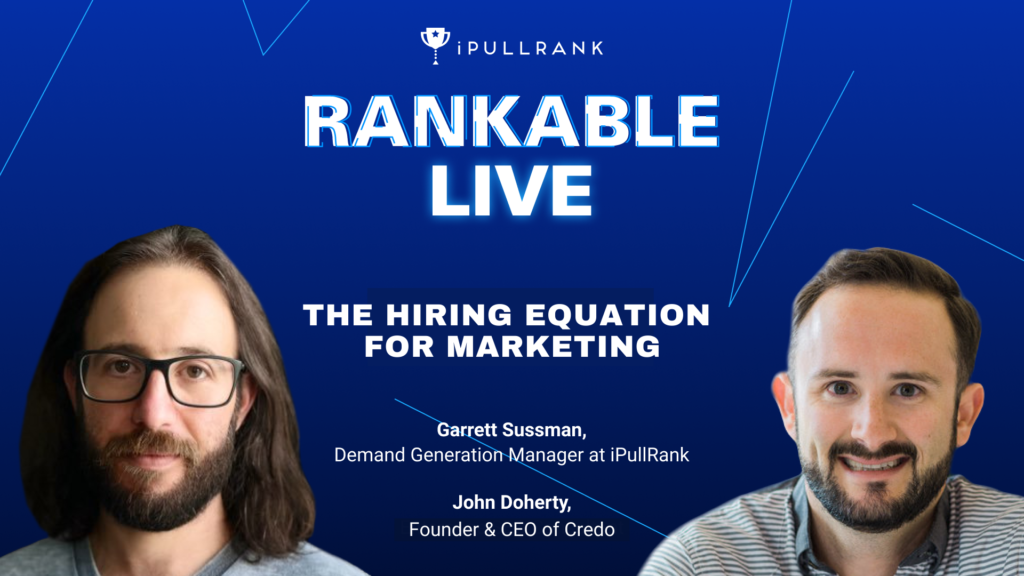



Leave a Comment